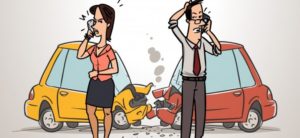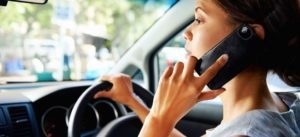Why Some Rear-End Collisions Are Not Automatically the Rear Driver’s Fault
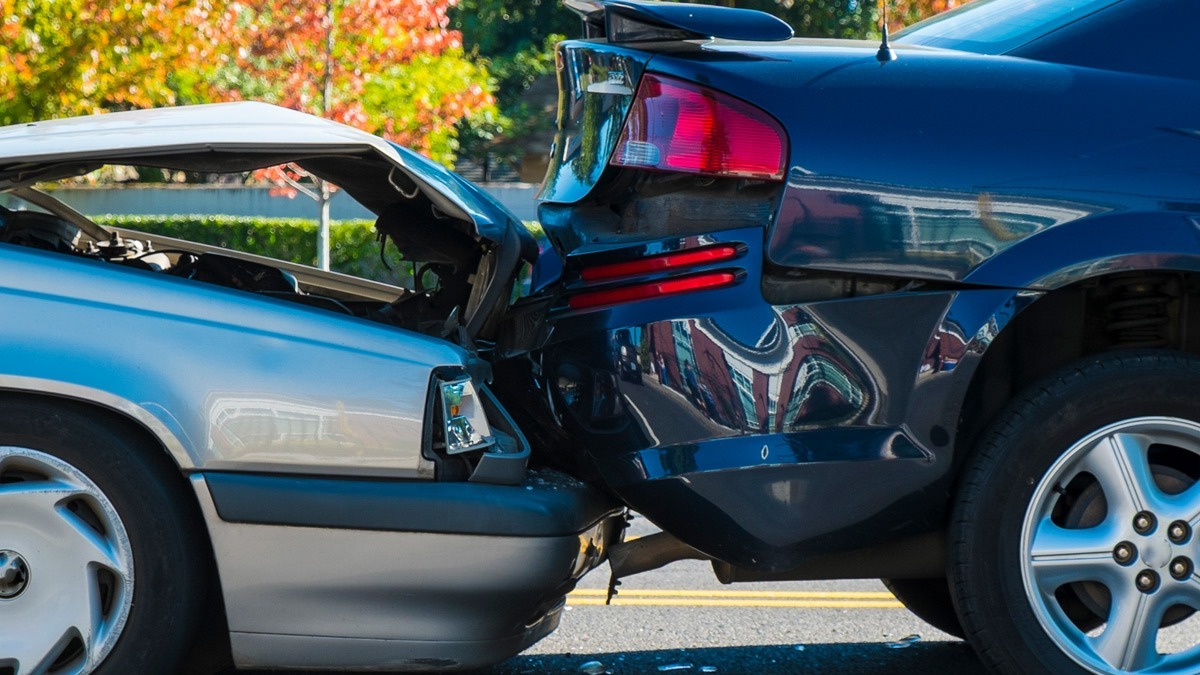
Rear-end accidents are among the most common types of car crashes in Nevada. Many people assume that the driver in the back is always at fault. After all, traffic laws require drivers to leave enough space to stop safely if the car ahead slows down or stops. But the truth is more complicated.
While the rear driver is often presumed to be at fault in a rear-end collision, there are many situations where that presumption does not apply. Nevada’s comparative negligence laws allow for shared fault, and in some cases, the front driver may bear full or partial responsibility.
If you have been involved in a rear-end crash in Las Vegas, Reno, Henderson, or anywhere else in Nevada, it is important to understand that fault is not automatic. Insurance companies may try to assign blame quickly, but they are not the final authority. Evidence matters, and every case is unique.
Rear-End Accidents in Nevada: A Common Scenario
These crashes often happen:
- In stop-and-go traffic
- At intersections
- Near traffic lights or stop signs
- On highways when traffic suddenly slows
- During poor weather or low visibility
Rear-end collisions can result in serious injuries, including:
- Whiplash and neck injuries
- Back and spinal injuries
- Head trauma and concussions
- Broken bones
- Airbag-related burns and contusions
For a free legal consultation, call (725) 900-9000
When the Rear Driver Is Presumed at Fault
Nevada law generally requires drivers to maintain a safe following distance. Under Nevada Revised Statutes (NRS) 484B.127, tailgating (following too closely) is prohibited and considered negligent behavior.
In most cases, if a driver crashes into the back of another vehicle, they will be presumed to have failed to maintain a safe distance or failed to brake in time. That assumption leads many insurers to automatically blame the rear driver. However, this presumption is rebuttable, meaning it can be challenged with the right evidence.
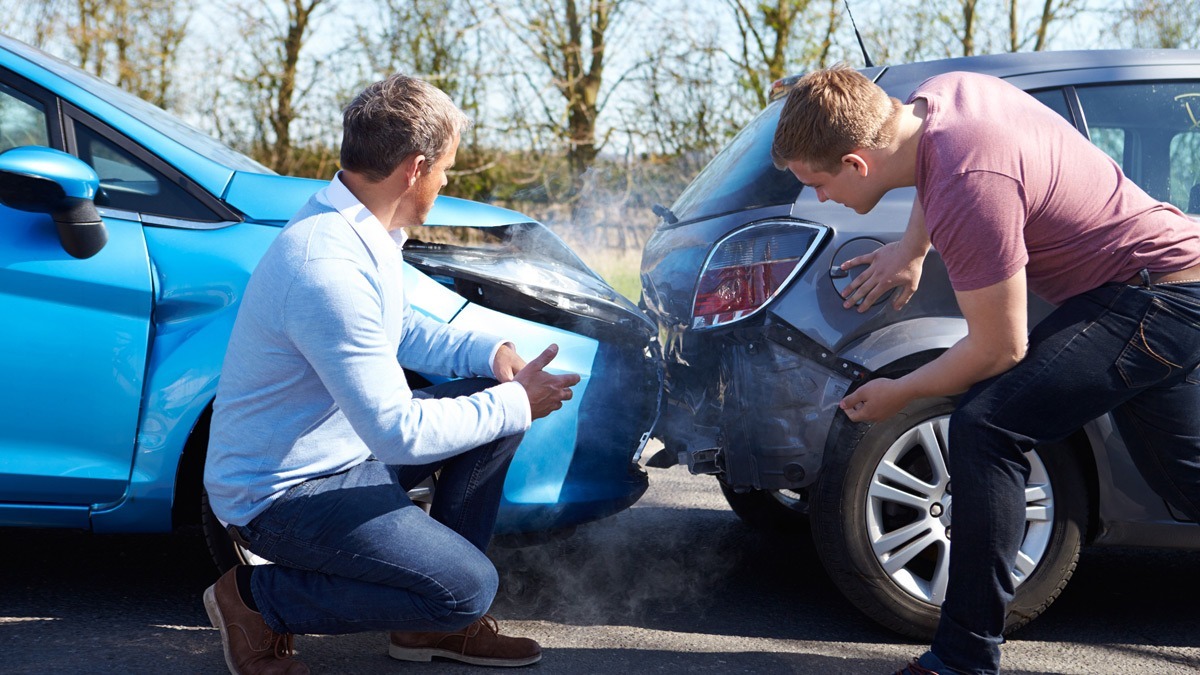
When the Front Driver May Be at Fault
There are several scenarios where the driver in front may bear some or all of the responsibility for a rear-end collision. These include:
1. Sudden and Unexpected Stops
If the front driver slams on the brakes for no reason, especially on a highway or throughway, they may be held partially or entirely at fault. This is especially relevant if the rear driver had no reason to expect a sudden stop and had been maintaining a reasonable following distance.
2. Brake Checking or Road Rage
Aggressive drivers who deliberately “brake check” or slam on their brakes to intimidate or punish other drivers may be liable for causing an accident. Dashcam footage can be particularly valuable in these situations.
3. Non-Functioning Brake Lights
If the lead driver’s brake lights were not working, the rear driver may not have had a fair warning to slow down. This type of vehicle maintenance failure can shift fault away from the rear driver.
4. Unsafe Lane Changes
If the front driver abruptly cuts in front of another vehicle without enough space, leaving no time to react, they may be liable for the resulting rear-end crash.
5. Rollback Collisions
On a hill or incline, a car that rolls backward into a stopped vehicle behind it can cause a collision. In these cases, the rear driver did not cause the crash, even though the impact occurred at the front of their vehicle.
Click to contact our personal injury lawyers today
Understanding Nevada’s Comparative Negligence Rule
Nevada follows a modified comparative negligence system. Under NRS 41.141, an injured party can recover damages if they are less than 50 percent at fault for the accident. However, their compensation will be reduced by their percentage of fault.
For example, if you are found 20 percent at fault and are awarded $100,000 in damages, you could receive $80,000.
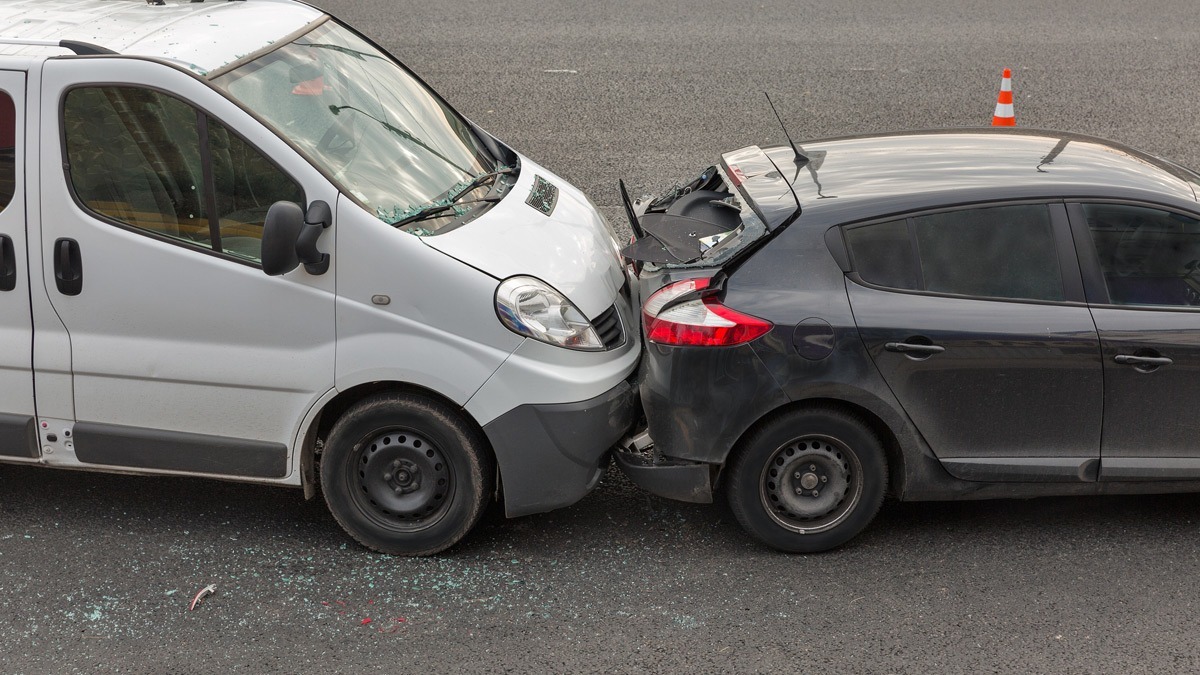
In rear-end collisions, this rule can result in partial fault being assigned to both drivers. The rear driver may be 60 percent at fault for following too closely, while the front driver may be 40 percent at fault for brake-checking or failing to signal. This can significantly affect your ability to recover damages.
Complete a Free Case Evaluation form now
How Fault Is Determined in Rear-End Accidents
Establishing fault in a rear-end collision involves a close review of all available evidence. Your attorney may use:
- Dashcam footage
- Surveillance camera video
- Eyewitness statements
- Police reports
- Photos of vehicle damage and skid marks
- Vehicle maintenance records
- Cell phone records (if distracted driving is suspected)
In some cases, accident reconstruction experts are brought in to analyze the scene and vehicle dynamics.
Police reports are often helpful, but they are not always final. Officers may list one driver as “at fault,” but this determination can be challenged in court if new evidence comes to light.
Insurance Company Assumptions
Insurance adjusters often move quickly to assign blame, especially in rear-end accidents. The rear driver is usually presumed responsible unless they can present strong evidence to the contrary.
This is why it is critical to avoid making statements like “I’m sorry” or “I should have stopped” at the scene. These admissions can be used against you later, even if you were not legally at fault.
If you believe the other driver contributed to the crash, share all relevant details with your attorney, even if the insurance company seems confident in their assessment.
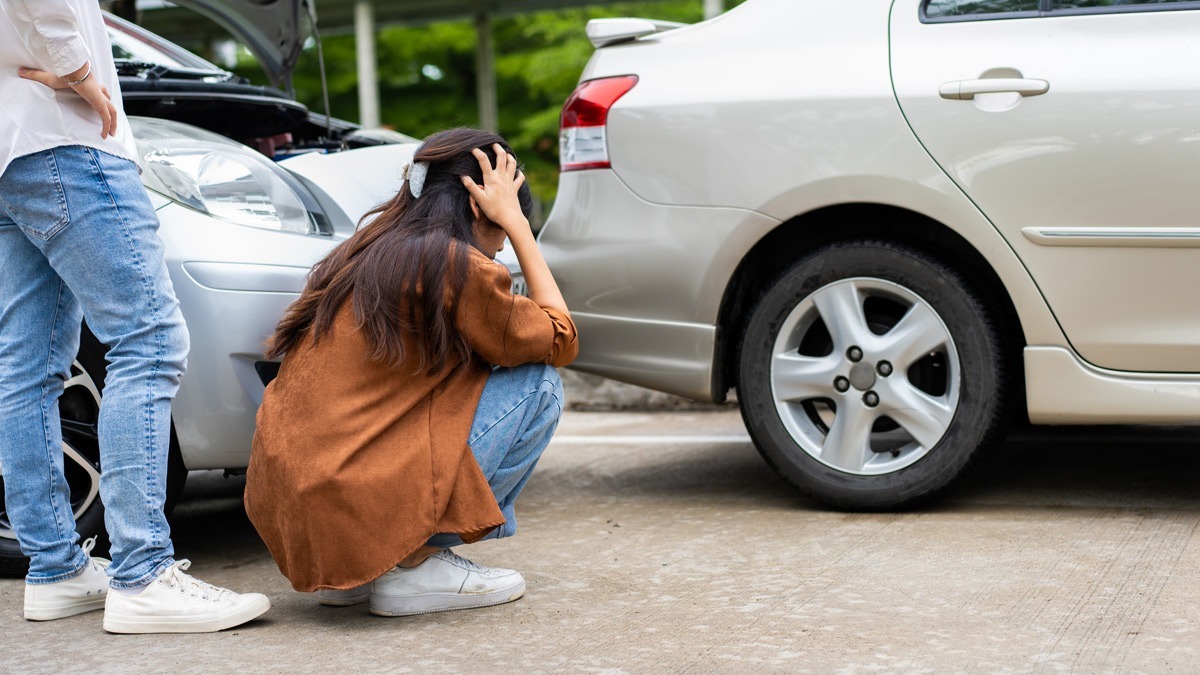
Protecting Your Rights After a Rear-End Accident in Nevada
If you are the rear driver in a collision, do not assume you are automatically at fault. And if you are the front driver, understand that your actions are also subject to legal scrutiny.
Here are steps you should take immediately after a rear-end crash:
- Call 911 and request medical assistance if needed.
- Exchange information with the other driver, including license and insurance details.
- Take photos of vehicle damage, skid marks, brake lights, and road conditions.
- Request the police report when available.
- Seek medical attention, even for seemingly minor injuries.
- Avoid discussing fault with the other driver or the insurance company.
- Contact a Nevada personal injury attorney to review your case.
What You May Be Entitled to Claim
If you were injured due to another driver’s negligence, you may be entitled to compensation for:
- Medical expenses (past and future)
- Lost income
- Reduced earning capacity
- Property damage
- Pain and suffering
- Emotional distress
- Loss of enjoyment of life
If a loved one was killed in a rear-end collision, you may also be eligible to pursue a wrongful death claim under Nevada law.
How Van Law Firm Can Help
At Van Law Firm, we understand that every accident is different. We do not assume fault based on position alone. Our legal team will thoroughly investigate your case to uncover the real cause of the crash.
We work with expert witnesses, review surveillance and dashcam footage, and challenge insurance companies when they try to assign fault unfairly. If your case requires litigation, we are prepared to fight for you in court.
We also operate on a contingency fee basis, meaning you pay nothing unless we win your case.
Call Van Law Firm Today
If you were involved in a rear-end collision in Nevada, do not let assumptions determine the outcome of your case. The other driver may be at fault, and you may be entitled to significant compensation.
Contact Van Law Firm today at (725) 266-7578 for a free consultation. Let our experienced Nevada personal injury attorneys evaluate your case and protect your right to fair compensation.
No obligation consultations are always free.
Let Us Help You! Call Now: (725) 900-9000